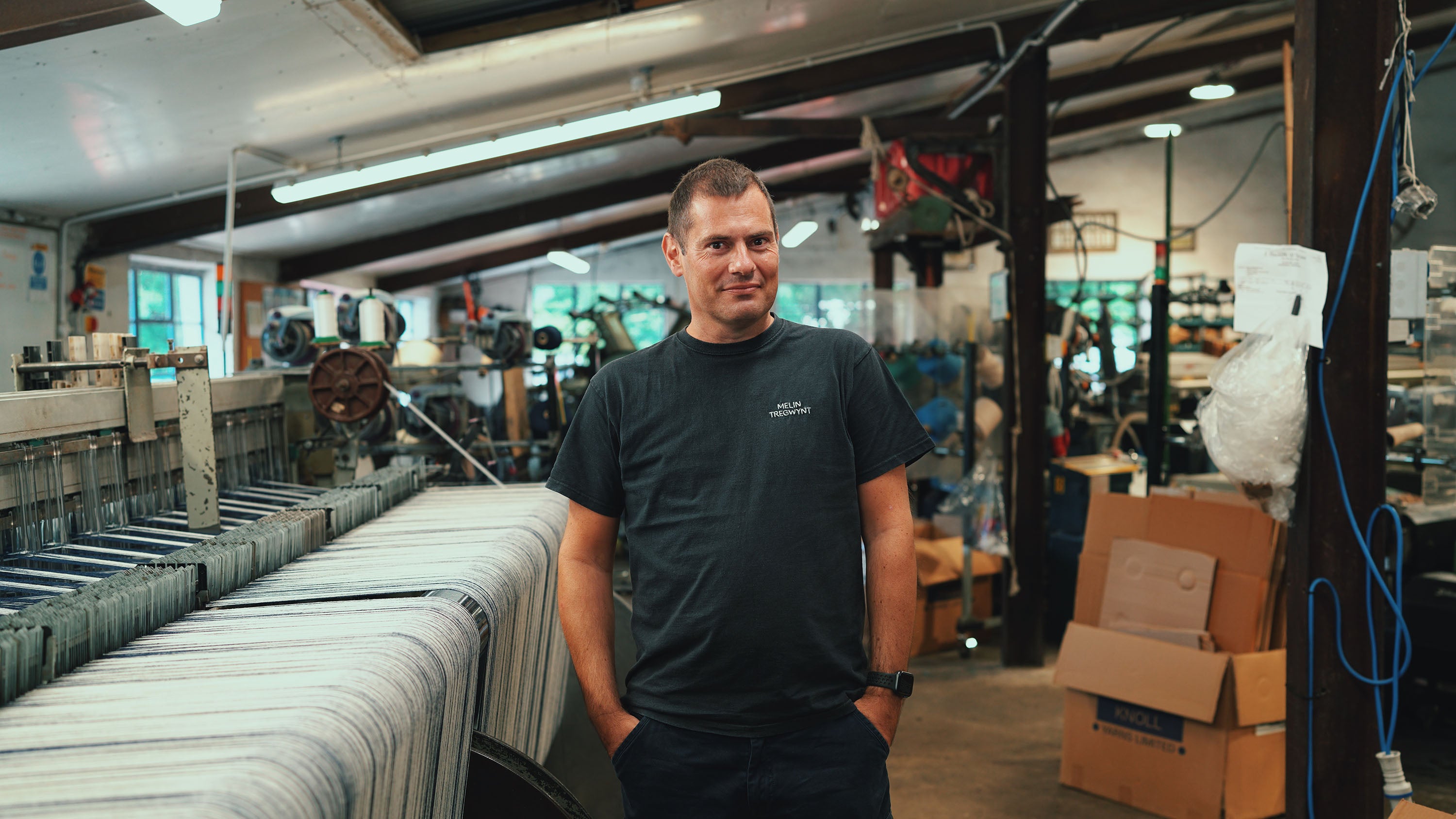
Coffee & Conversation with Melin Tregwynt's James Lamb
On a beautiful sunny day, we walked through the many whitewashed old buildings and cottages that comprise the mill and were able to see behind-the-scenes how they operate from start to finish; from the robust old machines in the warping and weaving room, to the antique water wheel, to the delicate hand-process of mending that has been performed by 3 generations of the same family.
We chatted to the Mill Manager James Lamb about the history and tradition of Melin Tregwynt, his role at the mill and the challenges that come with keeping up with modern trends while upholding tradition.
What inspires you?
Coming to work every day and creating a fabric from start to finish. We take cones of wool, warp them to start with, tie this, weave it, the girls mend it and then we send it away to finish. Daf will then cut it and within a very small space we’ll see a finished product, which is really nice. Aside from the finishing, everything gets done here on site which is pretty cool. 
Tell me about what you do and what you love the most about it.
I’m responsible for the day-to-day operations of the mill. I’m the mill manager, which means providing the guys down there with everything they need, making sure the wool supply is all here for creating the cloth, organising production schedules and looking after my team.
The bit I enjoy most is coming to work. We’re very lucky; we’re in an amazing part of the world. It’s a little wooded valley, and when the sun’s out it feels amazing. So coming to work every day and being creative, that’s the bit I really enjoy.
How do you keep up with modern trends while upholding tradition?
Well firstly we’ve got social media now, and Mari looks after that. She and Sophia, who does the design side of things, follow things that are happening in the world. We try to make them fit with what we do, cooking up new designs, patterns or colourways that fit with current ideas or trends. We’re lucky that within our shop we stock lots of products, so we can always see if there’s a gap in a colour range or anything we’ve not covered, and we try to keep up. We’re largely customer-led and have a unique product which is quite bespoke in a way. There aren’t a lot of places that do what we do, which puts us in a unique situation. Capturing everything that people want and making something they’ll have for a long time, it’s like a heritage piece you’re making.

Where do you source your wool from?
We’re currently looking at new ways of sourcing yarn. We use yarn suppliers who are based mainly in the Yorkshire area, and they source their wool from various places. We’re looking to move towards using more British yarn, which is a current project. Exactly what that entails is quite hard to pin down at the minute, but that’s something we’re looking at. It’s about getting what we actually want from a yarn, and a more consistent weaving yarn for us to use.
We have a large colour range of yarns, so we need something that will give us the quality of finish that we want and the usability. It’s a big project to do and it will take time, but will hopefully lead to us using more British yarn. It’s quite varied; there’s a lot of different wools we use already and they’ve got their own characteristics, so it’s about finding out exactly what we’re looking for in an ideal yarn and what we’re looking to create and then finding out how that comes across in all the areas—not just manufacturing, but how it feels on the shelves and when the customer buys it, and the durability.
How does Melin Tregwynt’s heritage impact the workings of the mill?
The heritage side of it is probably reflected most in the actual pattern designs. We can make the patterns work on our more modern machinery; obviously originally the machinery was different, but now we use more modern machinery for ease of production. It helps us to manufacture faster and more accurately, so the reliability of the machines has increased from the older machines and we have less issues generally. It fits quite seamlessly, really; because of the way the weaving works, the patterns can transpose onto any machine. They just need to be programmed to do what we want them to do. We have some electronically-controlled machines and we’ve got a punchcard system which is very similar to the old style of looms, where the old chains used to drive patterns.

Has the design and engineering of any mill machinery changed a lot?
The speed capabilities of the looms especially have increased massively. We call them ‘modern machinery’ but they’re still 30 – 40 years old, so they’re still quite old but obviously the 1950s machines have been replaced. You can see that there’s obviously a technological advancement and they’re more sophisticated in what they can do, and we’ve got more control on the machine now than what we probably would have had in the past.
We’ve got our warping wheel that’s around 70 – 80 years old, so that’s still an old piece of engineering. You can see the quality of the engineering on the older machines more than on the new machines; the new ones have been put together in a factory environment, whereas the older ones were hand-built. You can see that somebody would have brought in our cone-winding machine in sections and built it up individually, whereas now they come in as a complete unit and slot in. Our water wheel was also originally built from individual components and locked together in there.
What are some exciting innovations you’ve made?
We’ve gone on the web since I started 6 years ago, which was a new thing for us and has opened up a whole new market. The social media aspect is changing massively, which is something I'm not really experienced in myself. It’s a growing world with everything being over the internet, and obviously your social following can lead to an increase in sales and a way of marketing your business, really, and that for me is quite exciting. The potential to reach more people now than we ever have. As a business we’re so remote where we are, but people still come and find us. Now we’ve got a bigger exposure so hopefully that will lead to more people coming and physically visiting, not just seeing us online. Everybody’s connected to their phone all the time, glued to them, and it’s surprising how much you are reliant on it as a marketing tool.
It’s surprising how many local people didn’t even know we exist! You’re thinking, how can you not know? We’re not exactly invisible. A lot of people see our products but don’t realise where they come from. We see our stuff on films and TV and all get a bit excited. We’re Tregwynt spotters! When we see our products we take a photograph. That, for me, is one of the nice things. Everybody’s proud of what we do, and everybody wants to do well and succeed. Now that we’ve become an EOT, everyone can benefit from the business doing well.
 Tell me about your favourite project or collaboration.
Tell me about your favourite project or collaboration.
We’ve just bought a new loom that’s a completely different style to what we’ve used before. Now the learning development and benefits that we’re reaping are quite big. Its capabilities are probably a lot more than we’ve ever had before as its speed output and abilities are a lot more sophisticated, so it’s opened up a whole new avenue and made us think that evolving with technology is the way to go.
As we evolve the mill and refine the production process, those sorts of machinery prove that’s the way to increase output while still keeping the quality and the heritage fabrics and patterns we’ve always had, which is nice. From start to finish we’ve had some issues and have gone through quite a learning curve, but we’re hopefully now going to get the benefits from it, and as a business, it will hopefully help increase output and therefore profitability.
What’s your favourite thing about the area?
I moved down here 11 years ago from Leicester, and I just think it’s such a pretty place. To be surrounded by so many beaches, having grown up a long way from the sea, I just feel very fortunate every day to be so close to it now.
Over here, we’re just in such a peaceful, sleepy part of the world. It feels very relaxed and everybody’s a lot friendlier and keen to integrate. There’s a lot more of a community feel to the place, whereas in a city you walk past people and don’t acknowledge each other. Here, everybody knows everybody, and we all look out for each other. It’s a nice place to be.

Is that why you moved?
One of the reasons. I just wanted a new chapter in my life. I met my partner and decided to move down and be here, and it was the best thing I ever did. Now 11 years later I could never see myself anywhere else! If I go away, I can’t wait to come back. As soon as you pass Swansea you get excited that you’re nearly home, even though it’s still an hour and a half away!
All the youngsters complain that there’s nothing to do and they’re keen to get away, and I’m like—you live near 31 beaches, how can you be bored? I couldn’t believe it when I came here, it’s amazing. And everybody’s so friendly. I think that is, for me, one of the things that’s really nice. Everybody takes the time to look out for everybody.
What are you most excited about right now?
The future of the business. We’re growing and hopefully will continue to grow. We employ a lot of people in the area which is amazing, because there aren’t a lot of places that employ a vast amount of people. For us, it’s really nice.
I think the future is incredibly exciting. What we make is so unique that hopefully there will always be demand for it, and hopefully the quality, care and effort they put in to make it shows. Everybody wants to do a good job, and that, for me, makes me feel good. We’ve got pride in what we do, and it shows through. You can ask anybody—even if things aren’t going well, they still have pride and want it to work. To me, you couldn’t ask for better than that.

Thanks so much to James for chatting with us!
We really recommend taking the trip to visit Melin Tregwynt at their beautiful mill, where you can tour the mill and visit the museum, or check out their online store.



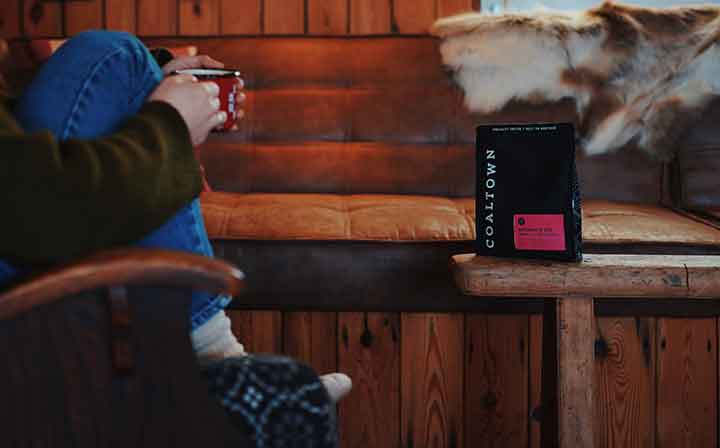
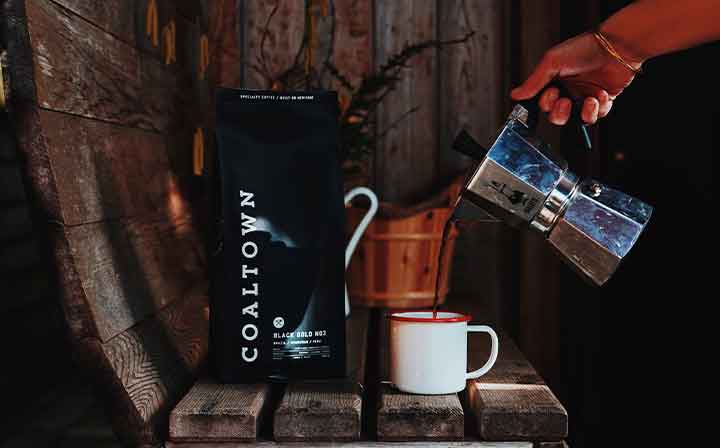
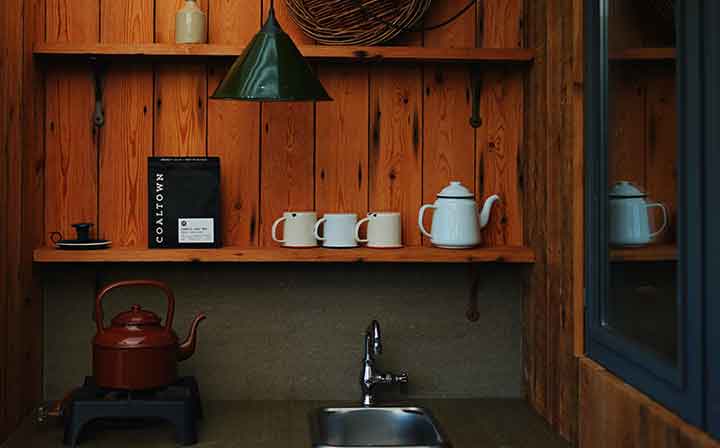


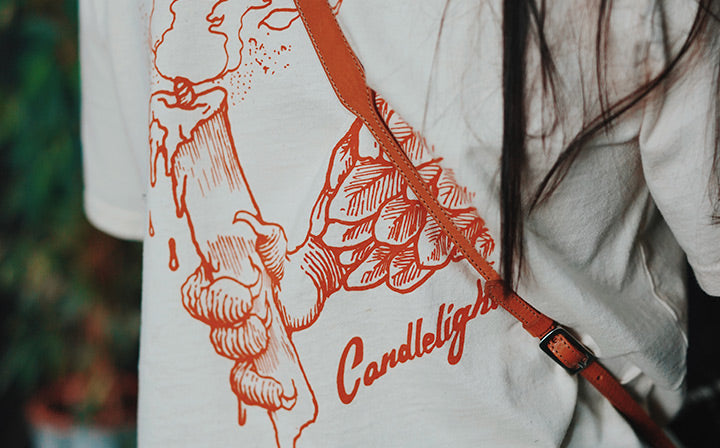
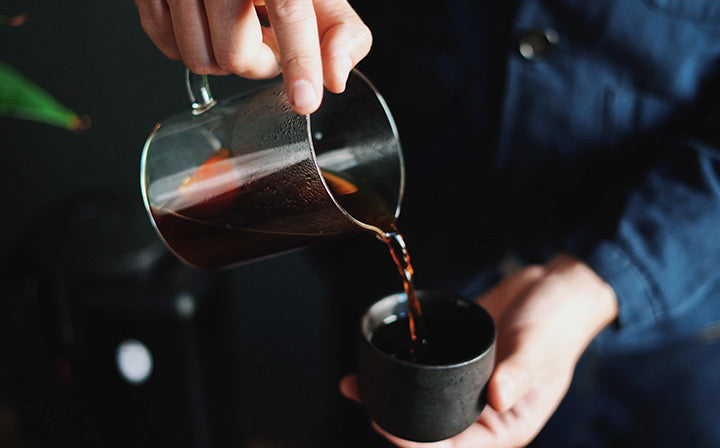
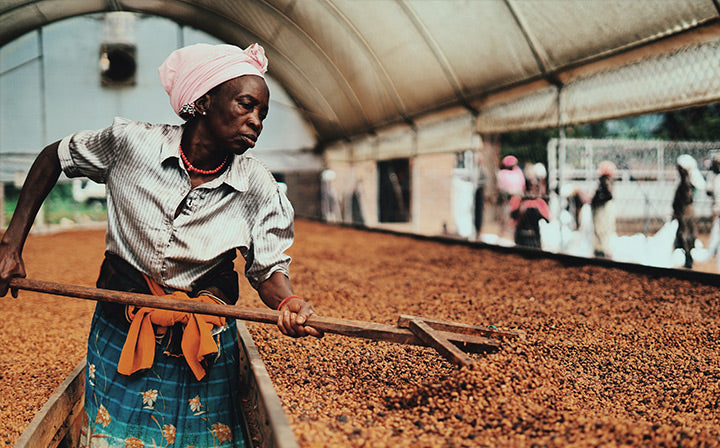
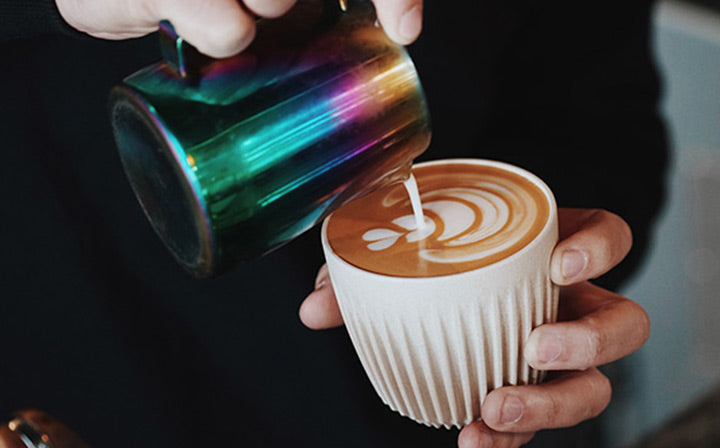
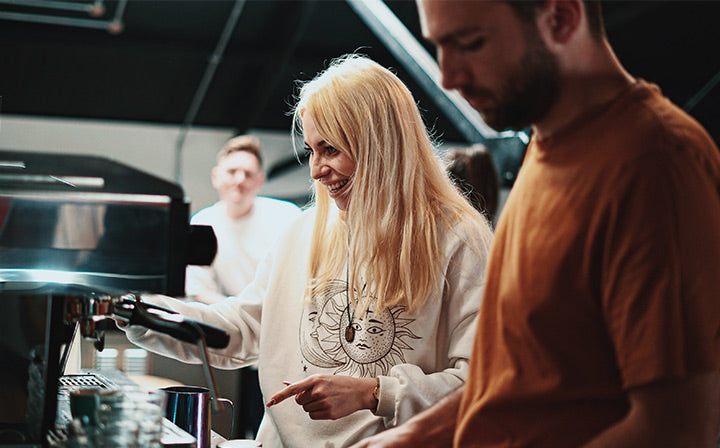
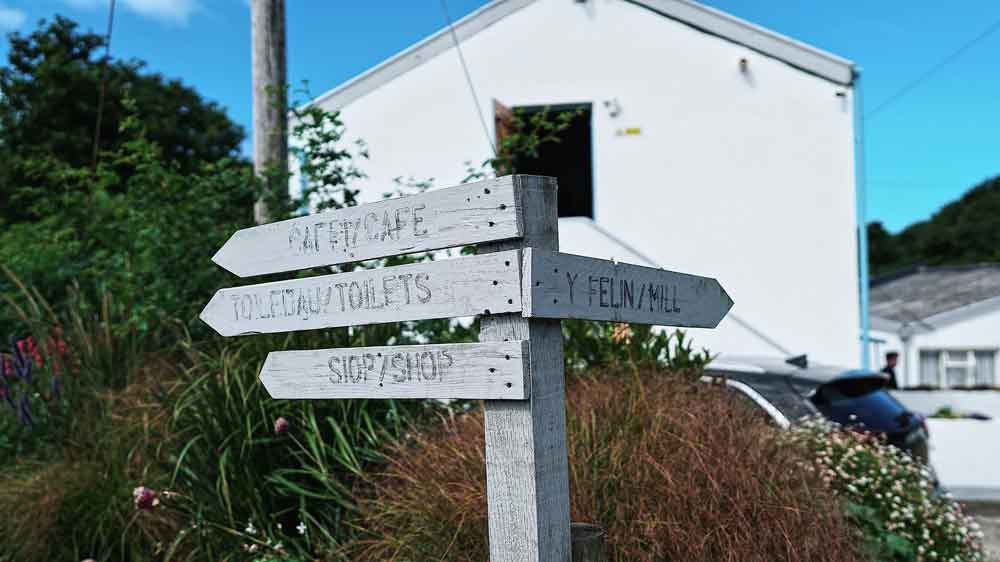
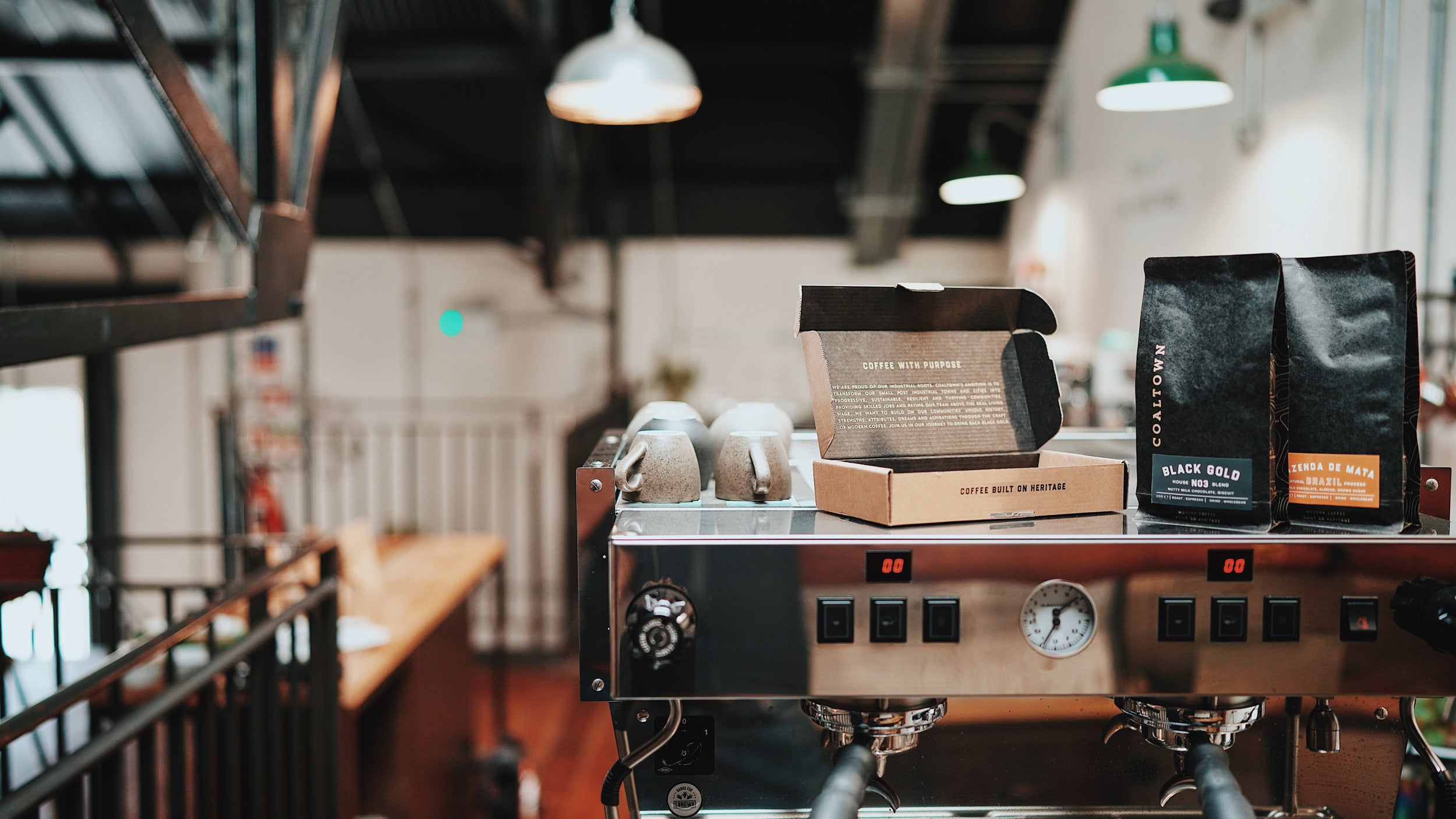

Leave a comment
This site is protected by hCaptcha and the hCaptcha Privacy Policy and Terms of Service apply.